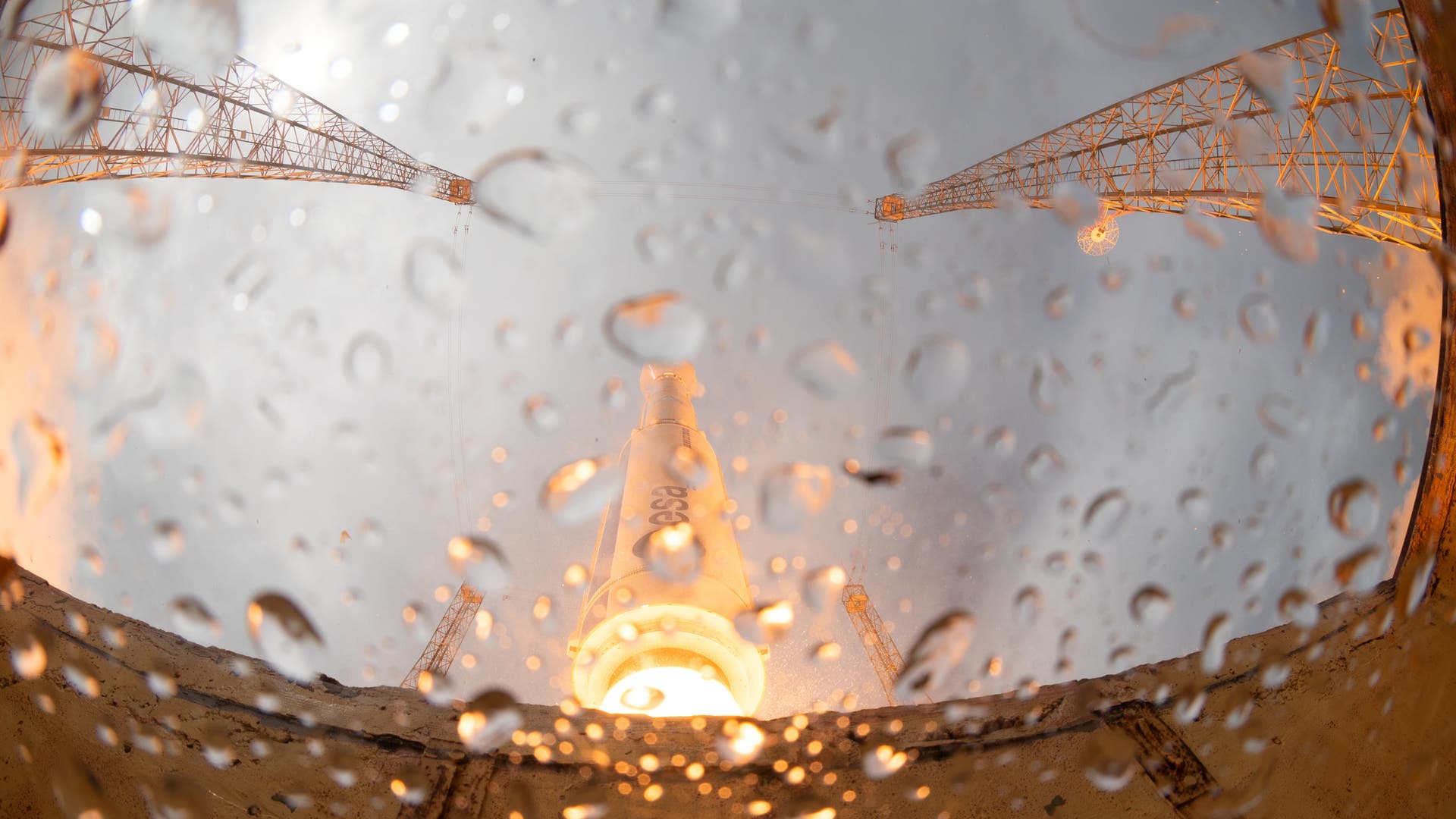The European Space Agency has to invest an additional 30 million euros
The new material will be checked with additional tests. The entire engine will also go through another qualification phase in the future. The investigation committee made a total of 22 recommendations that Aschbacher intends to implement in full. For the project, the European Space Agency has to reallocate about 30 million euros that were originally intended for other purposes.
The Vega C is a further evolution of the Vega Rocket, which has launched light satellites into space since 2012. It completed its first flight in July. According to the European Space Agency, the new rocket can carry about 800 kilograms more payload, is cheaper and can put payloads into orbits at different altitudes. Along with the larger Ariane 6 launch vehicle, which is scheduled to launch into space for the first time at the end of the year with a delay of about three years, Vega C aims to make European space travel more competitive.
So the false start was a severe blow to European spaceflight. Aschbacher opined that access to space was jeopardized “for a brief moment” due to problems with Vega C, but also due to the late launch of Ariane 6 and the withdrawal of Russian Soyuz rockets from the spaceport at Kourou. “For me, this is really a moment where we have to think very carefully about how we can restore our independent access to space for Europe,” said Achbacher. “As Director of the European Space Agency, I am determined to take clear action, strong action, to emerge stronger from this crisis.”

“Alcohol buff. Troublemaker. Introvert. Student. Social media lover. Web ninja. Bacon fan. Reader.”







More Stories
Mission ‘Sunrise III’: Recovering Data Storage in Canada – Science
Ecologists Celebrate New Xesap National Park in Laos | Science
Is the wrong diet making you forget?